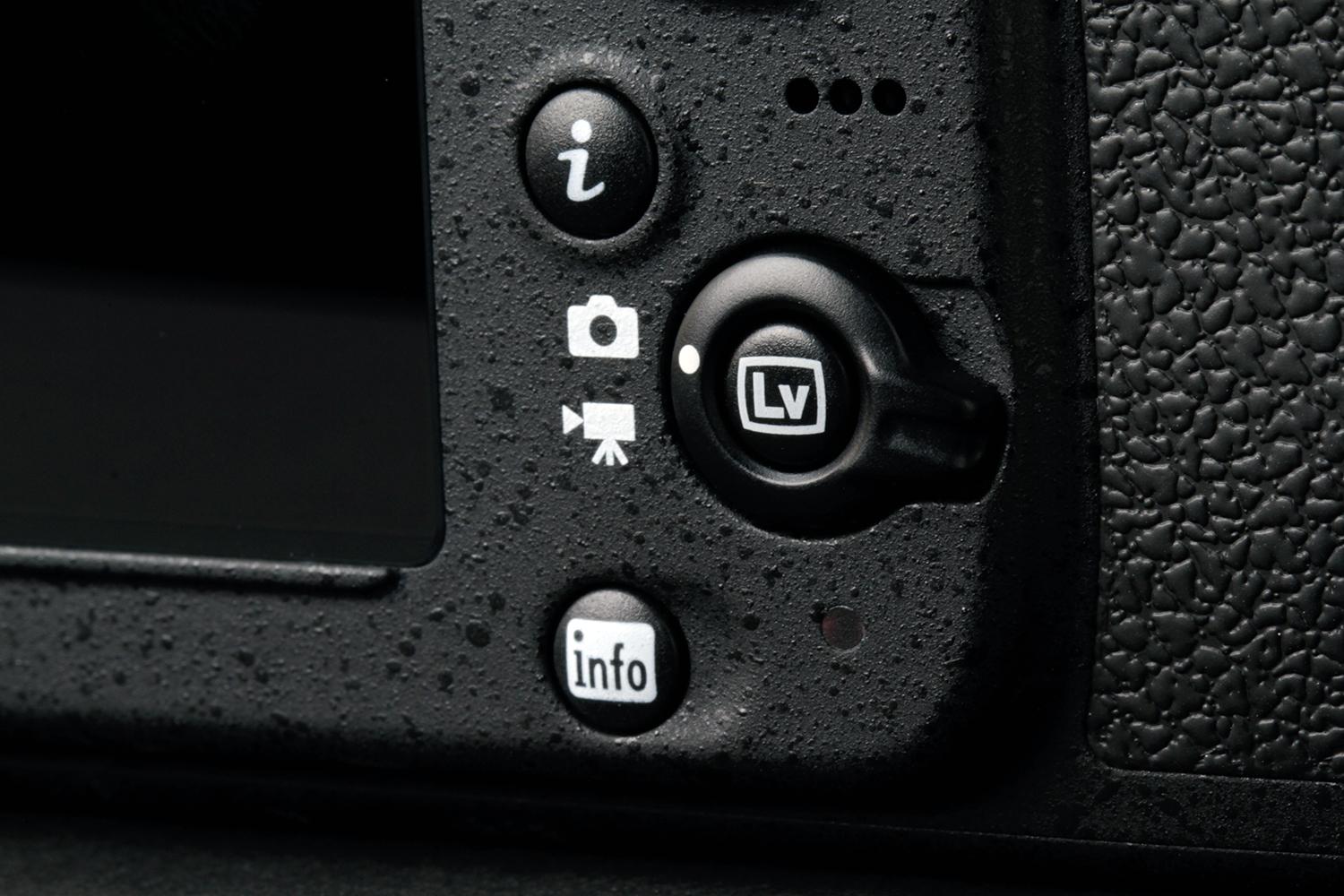If you’re feeling confused by the live view function on your camera, don’t worry; the process of using it couldn’t be more straightforward. Over the decades, photographers have traditionally scoped a scene by looking through their camera’s optical viewfinder. In the film days, that was the only way to frame your photo, but with the development of the DSLR, and later the mirrorless camera, pretty much all systems today give you the option of using live view mode (this is, in fact, the only mode on mirrorless cameras).
In basic terms, live view takes what your camera sees straight from its imaging sensor and displaying it on the LCD screen. On a DSLR, this means locking the mirror up and the shutter open so that the sensor is always exposed to light, bypassing the optical viewfinder entirely. There are several advantages — and some disadvantages — to shooting in this mode. Here’s how to make the most of it.
Why use live view?
The first benefit of using live view is that, compared to the viewfinder, you get a much larger picture of what your camera can see. Those who practice genres such as landscape photography will particularly benefit from this. Why? Well, in a genre where there’s little room for error, having the larger screen gives you a more detailed perspective. This helps you to get perfect exposures, composition, and focus.
Autofocus is also more accurate when using live view mode, because focus is happening directly on the imaging sensor itself, rather than a separate autofocus sensor. Additionally, you can focus on things much closer to the edges of the frame compared to a DSLR’s viewfinder AF system. On the latest cameras, this can also allow for object-recognition focusing like face or eye-detection. While the accuracy goes up, focus speed can go down. Nikon DSLRs resort to slower contrast-detection autofocus in live view, while Canon DSLRs use faster phase-detection autofocus in combination with contrast detection and suffer much less of a speed penalty as a result.
Live view also makes it much easier to focus manually, thanks to the larger screen. Some cameras even have an option for “focus peaking,” which is a feature that highlights the areas of most contrast so you can visually see where the focus is sharpest. This is useful for everything from landscapes to still life shots to posed portraits. For the best results, we advise using a tripod, which will allow you to take a step back and not worry about keeping your camera stable.
You can also preview depth of field in real time, something anyone who loves creamy background bokeh will be pleased to know. Combined with the improved focusing accuracy, this means better results at wide apertures with shallow depth of field.

Another benefit of shooting in live view is the histogram display. If your image is going to be too dark or too bright, your histogram will reflect this right away, without you having to squint at the highlights and wonder if they’re blown out or not. Being able to see an immediate reading of your histogram helps you to identify if you need to make any changes to the exposure, speeding up your creating flow and saving you time later in editing. This is a much quicker process than continuously taking shots and reviewing them.

While most new and high-end cameras have the option of seeing a composition grid through the viewfinder, older and some entry-level cameras don’t. However, almost all cameras with live view mode will allow you to see a composition grid when using this function. So if you want to use the rule of thirds, for example, you can correctly place your subject on the right or left vertical line of the grid without having to guess where they should be.
Why use the viewfinder?
In addition to slower autofocus, live view mode on DSLRs tends to have longer shutter blackout times and slower burst rates. Those who need to move at a fast pace — photojournalists and street photographers, for example — won’t be able to work as effectively if shooting in live view.
The other major drawback is significantly reduced battery life. An optical viewfinder uses almost no energy at all, and DSLRs can often take thousands of photos on a single battery charge. In live view, however, you may only get a few hundred, as continuously powering the sensor and screen takes a lot of juice.
But photographers who can be more methodical in their approach and don’t need to shoot a thousand photos at a time should notice that they pay more attention to detail and see an overall improvement in their photography by using live view. It’s not for every situation, but where appropriate, it’s a powerful tool and a real advantage of modern DSLRs over their film-era counterparts.



